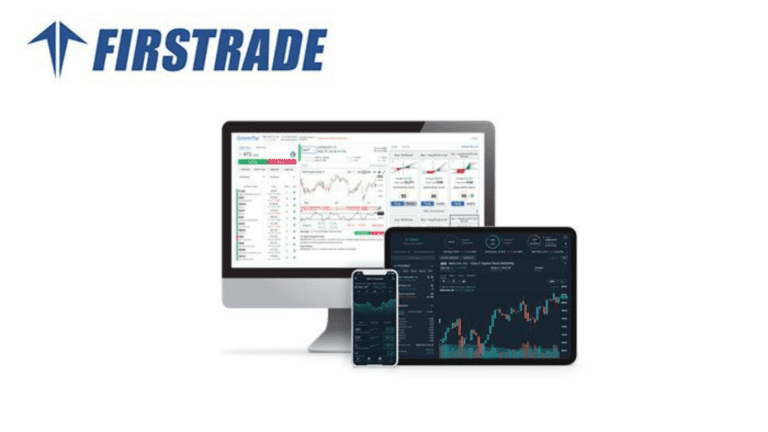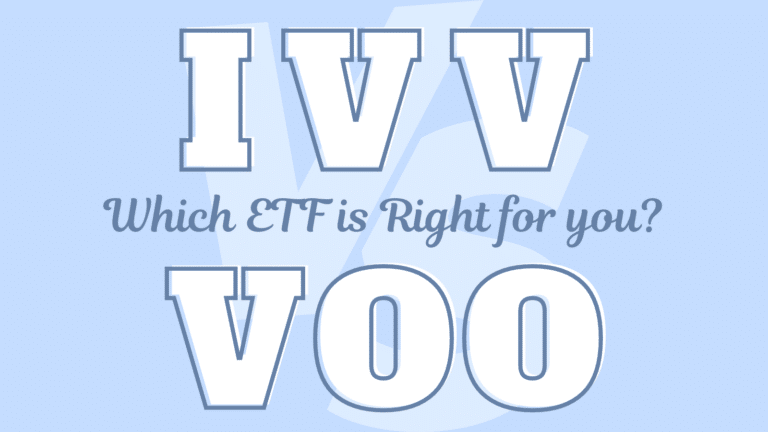What is Dividend Per Share?
Dividend Per Share (DPS) represents the total dividends a company declares, divided by the number of outstanding ordinary shares. This figure is usually calculated over a specific period, often a year, and includes interim dividends. The formula is straightforward:
Dividend Per Share = Sum of Dividends ÷ Ordinary Shares Outstanding
Sum of Dividends: This is the total dividend amount paid by the company in a specific period (usually annually), including regular interim dividends.
Ordinary Shares Outstanding: The total number of ordinary shares that have been issued by a company and are currently held by all shareholders, including those held by the public as well as restricted shares owned by the company’s insiders and officers.
Why is this metric so crucial? Well, the dividend is the direct income for shareholders. When you own shares in a company, the Dividend Per Share helps you calculate your dividend earnings for each share of stock over time. It’s an indicator of a company’s financial health and its ability to generate profits. A consistently rising dividend per share can boost investor confidence, signaling that the company’s management is optimistic about sustaining earnings growth.
Dividend Per Share Calculation for Special Dividends
If a company issued special dividends in the period of our calculation, we need to change the formula to:
Dividend Per Share = (Sum of Dividends – Special Dividends) / Ordinary Shares Outstanding
A special dividend is a one-time distribution of company assets to shareholders. Unlike regular dividends, which are typically issued periodically, special dividends are often larger and tied to unique events. These events can range from an asset sale or corporate restructuring to exceptionally strong earnings results.
Some investors also interpret the issuance of a special dividend as a sign that the company may lack new growth opportunities. This perception can lead to reduced confidence in the stock, which is different from the impact of normal dividends, further explaining the need to separate special dividends from the normal dividend per share calculation.
Dividend Per Share Calculation Example
Imagine a hypothetical company, XYZ Corp, that paid out $300,000 in dividends over the past year. During this period, the company also issued a special one-time dividend of $50,000. XYZ Corp has 2.5 million shares outstanding. To calculate the dividend per share, we would use the formula:
Dividend Per Share (DPS) = (Sum of Dividends – Special Dividends) / Ordinary Shares Outstanding = ($300,000 – $50,000) / 2,500,000 = $0.10 per share
This dividend per share suggests you could get a $0.10 dividend this year if you had one share of XYZ Corp. The special one-time dividend is excluded from the calculation, as it’s not a recurring payment and doesn’t reflect the company’s ongoing dividend policy.









